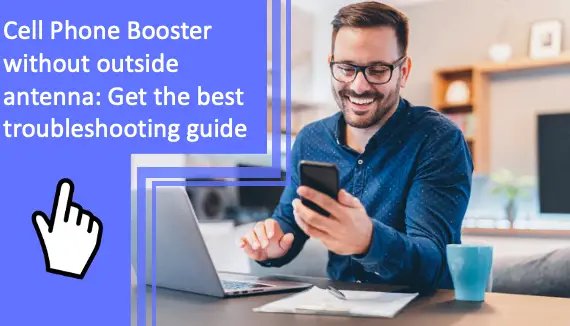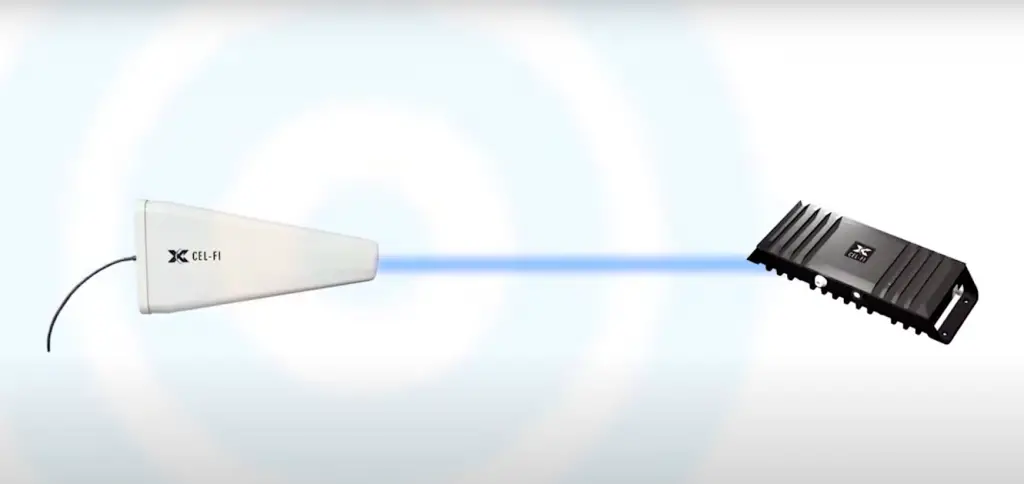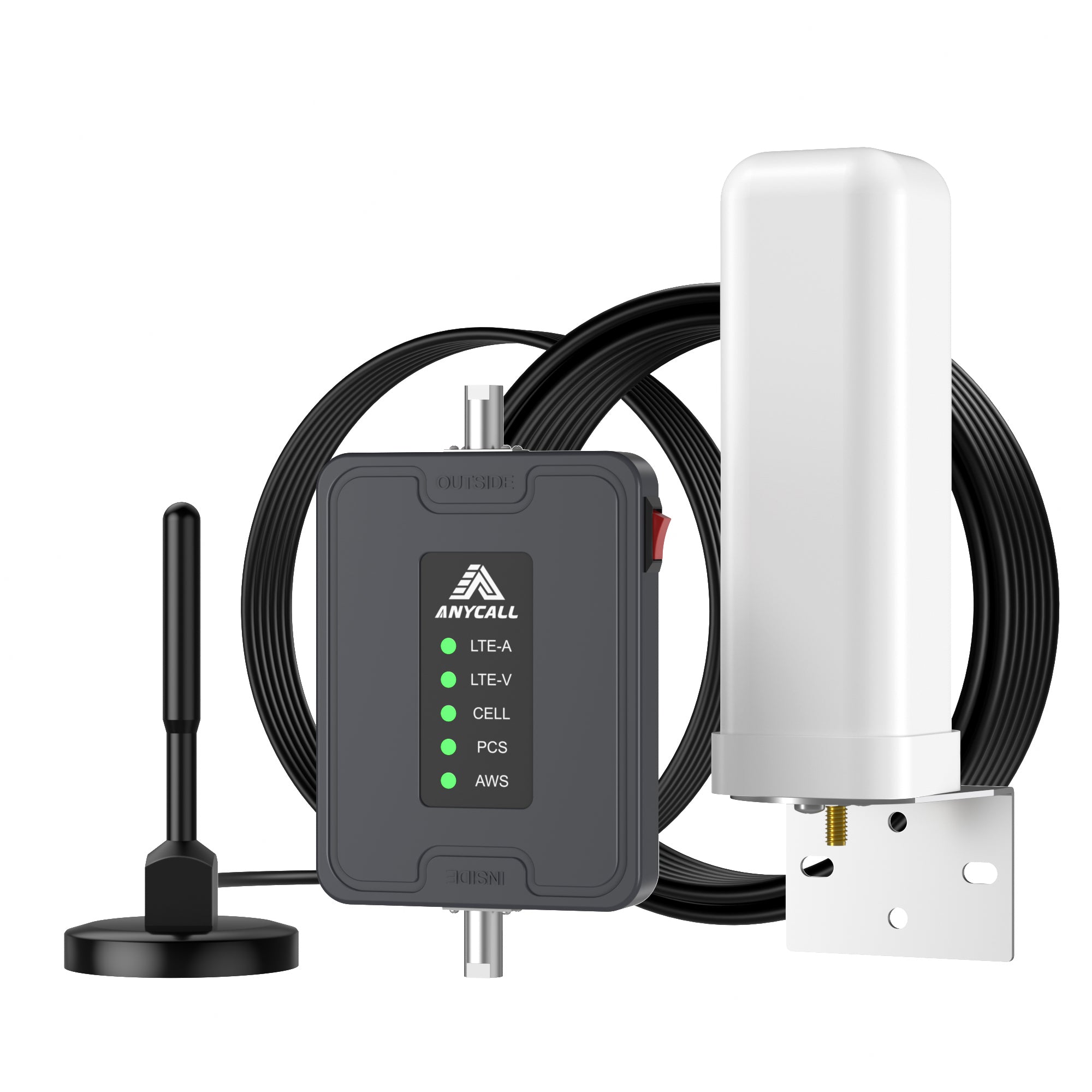Cell Phone Booster Without Outside Antenna

The promise of improved cellular connectivity without the hassle of external antennas has long been a desire for consumers and businesses alike. Now, a new generation of cell phone boosters claiming to achieve this is generating both excitement and skepticism in the telecommunications industry.
This development could revolutionize indoor cell coverage, especially in areas where external antenna installation is difficult or prohibited. However, questions remain about the effectiveness and regulatory compliance of these devices.
The core issue centers on whether these antenna-less boosters can truly deliver a stable and reliable signal boost. And more importantly, whether they can do so without interfering with existing cellular networks.
What are these antenna-less cell phone boosters?
These devices aim to amplify cellular signals indoors without the need for an external antenna mounted on a roof or window. Instead, they rely on an internal antenna to capture and rebroadcast the signal. This eliminates the need for drilling, wiring, and potential aesthetic concerns associated with traditional boosters.
Manufacturers claim that advancements in signal processing and antenna technology have made this possible. They argue that these boosters can effectively capture weak signals and amplify them for improved indoor coverage.
WeBoost and SureCall are the biggest players in the cell phone booster market. However, no major brand currently mass produces a widely accepted "no outside antenna" cell phone booster. The existing solutions are mostly niche products.
How do they supposedly work?
The technology hinges on a sophisticated internal antenna design and signal processing algorithms. The internal antenna attempts to capture even the faintest signals available in the environment.
The device then amplifies this signal, filtering out noise and interference, before rebroadcasting it within the designated coverage area.
The effectiveness of this process is highly dependent on the strength of the initial signal and the building's construction materials. Factors like thick walls and metal framing can severely limit the booster's performance.
The Regulatory Landscape
The Federal Communications Commission (FCC) regulates cell phone boosters to ensure they do not interfere with cellular networks. All legal boosters must be certified by the FCC.
According to the FCC website, boosters must meet specific technical standards to prevent harmful interference. Compliance is a major concern with antenna-less boosters, as their design presents unique challenges for meeting these standards.
An FCC statement emphasizes that "unauthorized boosters can disrupt cellular communications and create interference for other users." This concern is heightened with antenna-less boosters due to their potential for uncontrolled signal leakage.
Concerns and Challenges
One of the biggest concerns is the potential for interference with cellular networks. If not properly designed, these boosters could amplify noise and create a feedback loop, disrupting service for other users.
Another challenge is achieving sufficient signal amplification without an external antenna. The lack of a dedicated external antenna limits the booster's ability to capture weak signals, potentially resulting in limited coverage improvement.
Experts also worry about the potential for these devices to be marketed with misleading claims. Consumers may be led to believe that these boosters can magically solve all their cellular connectivity problems, regardless of the signal environment.
Expert Opinions
"While the idea of a cell phone booster without an external antenna is appealing, the reality is that physics still plays a role," said Dr. Anya Sharma, a telecommunications engineer at a leading research university.
She added, "Without a proper external antenna to capture a clean signal, the booster's ability to amplify and rebroadcast effectively is severely limited."
Mr. David Lee, a wireless network consultant, expressed concern about regulatory compliance. "It is crucial that these devices undergo rigorous testing and certification to ensure they meet FCC standards and do not cause interference."
Potential Impact on Consumers
If these boosters prove to be effective and compliant, they could significantly improve indoor cell coverage for consumers and businesses. This could be particularly beneficial in rural areas or buildings with poor signal penetration.
However, consumers need to be aware of the limitations of these devices and the potential for misleading marketing claims. Thorough research and careful consideration are essential before purchasing an antenna-less cell phone booster.
It is also important to verify that the booster is FCC-certified to ensure it is legal and will not cause interference.
The Future of Cell Phone Boosters
The development of antenna-less cell phone boosters represents a step towards more convenient and user-friendly solutions for improving indoor cell coverage. As technology advances, it is possible that these devices will become more effective and reliable.
However, it is crucial to address the regulatory concerns and ensure that these boosters do not compromise the integrity of cellular networks. Ongoing research and development are needed to optimize the performance and safety of these devices.
Ultimately, the success of antenna-less cell phone boosters will depend on their ability to deliver reliable signal amplification without causing interference, and the manufacturers' commitment to meeting regulatory requirements. The market is watching closely to see if these promises can be fulfilled.


















